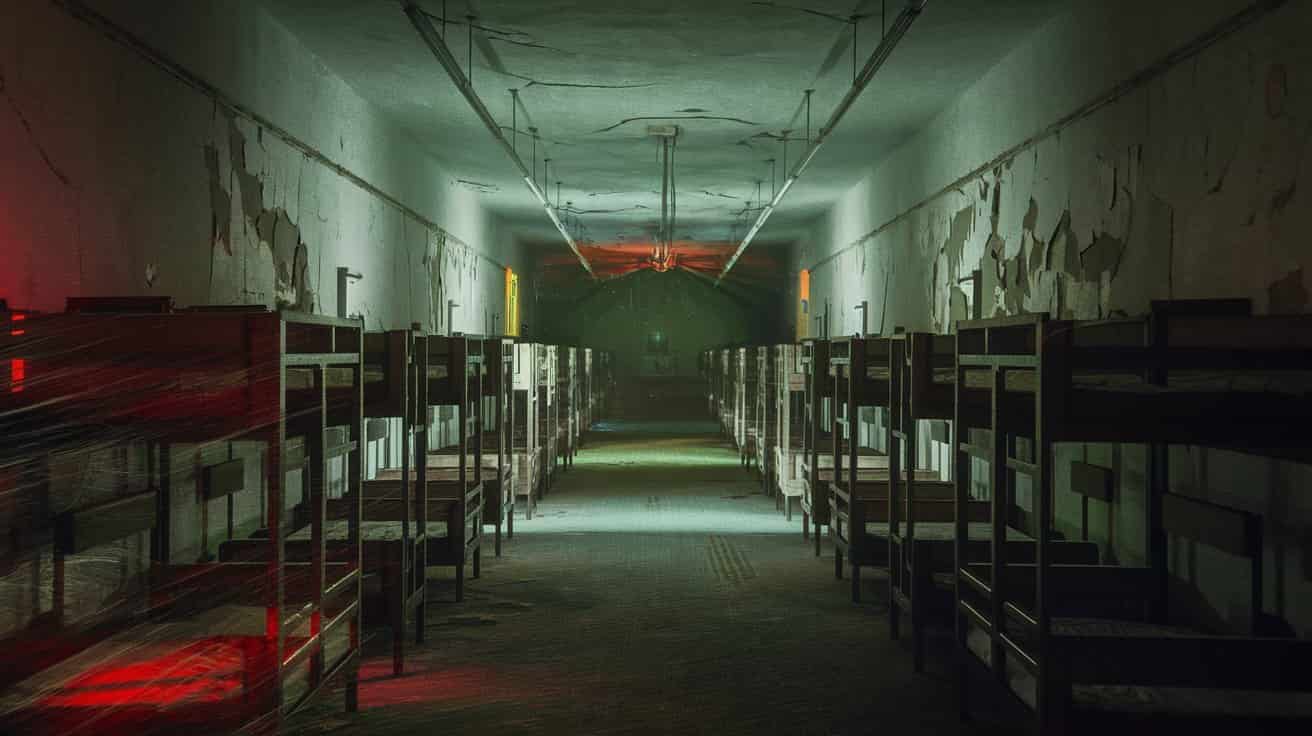The Pompeii Disaster: A Comprehensive Examination
The Pompeii disaster is one of the most dramatic events in ancient Roman history, holding great significance not only from a historical perspective but also scientifically. In 79 AD, the eruption of Mount Vesuvius caused the destruction of Pompeii and surrounding cities, burying them under layers of ash, lava, and toxic gases. This catastrophe has provided us with profound insights into the life, city planning, commerce, and cultural structures of the Roman Empire.
The City of Pompeii and Its Location
Pompeii was one of the wealthiest, most vibrant, and significant cities in the Roman Empire. It was located in present-day southern Italy, on the eastern side of the Bay of Naples. The city was surrounded by olive groves, vineyards, and expansive agricultural lands. It was a popular holiday destination for the upper class of Rome. Pompeii was situated at a strategic crossroads of major trade routes, which facilitated its thriving commercial activities. The city also boasted impressive architecture, public buildings, and lavish villas.
Mount Vesuvius and Volcanic Activity
Mount Vesuvius, located about 8 km from Pompeii, was an active volcano that had erupted several times in the past. However, none of its eruptions were as destructive as the one in 79 AD. The eruption of Vesuvius during this time was a sudden and violent event, following a period of dormant activity.
Prior to the eruption, Vesuvius had shown signs of activity, but these were not considered to be significant. The eruption on August 24, 79 AD, was the most catastrophic, as it released an enormous amount of volcanic material, including ash, gases, and volcanic rocks, into the atmosphere, causing widespread destruction across Pompeii and nearby towns.
The Stages of the Eruption: The First and Second Days
First Day: August 24, 79 – Ash and Gases
The eruption of Vesuvius began with a massive explosion, followed by a towering cloud of ash and gases rising from the volcano’s summit. This cloud ascended high into the atmosphere and then began to move towards the city of Pompeii. The ash, hot gases, and pumice stones fell onto the city, blanketing it and causing roofs to collapse and buildings to crumble. The heat and toxic gases rapidly overwhelmed the inhabitants, killing many by suffocation and burning.
The people of Pompeii were largely unprepared for such a catastrophe, as the eruption happened suddenly, and many were unable to escape. The ash and volcanic debris buried the city, preserving it in a form that would later allow for archaeological excavation.
Second Day: August 25, 79 – Lava and Poisonous Gases
The eruption continued on the second day, with hot lava flows and poisonous gases raining down on Pompeii and surrounding cities. The lava flows destroyed buildings, and the rising temperature from the lava caused further casualties. Additionally, the toxic gases, including sulfur dioxide and hydrogen chloride, contributed to the fatalities, as these gases suffocated those who were still alive or severely impacted the environment.
As the eruption continued, the eruption’s effects were catastrophic, and it sealed the fate of the city and its inhabitants.
The People of Pompeii and Their Reactions to the Disaster
The people of Pompeii were largely unaware of the impending disaster. In the days leading up to the eruption, there were only subtle signs, such as small tremors and increased fumarolic activity at the volcano, which were not recognized as alarming by the residents. As a result, many of the citizens were caught off guard when the eruption began.
Most people tried to escape the city, but the fast-moving lava and falling debris made evacuation nearly impossible. Some people sought shelter in their homes or public buildings, but many did not survive the eruption due to the rapid spread of ash, gases, and lava. Archaeologists later found the remains of people who had been trying to flee or protect themselves, preserved in the ashes and debris.
Archaeological Discoveries and the Remains of the City
Pompeii remained buried beneath layers of volcanic ash for about 1,700 years after the eruption. In 1748, the city was rediscovered, and excavations began. The archaeological findings have provided an unprecedented glimpse into daily life in ancient Rome. The layers of ash and pumice preserved not only buildings and objects but also human remains. These discoveries allowed us to study the last moments of the people who lived there.
Pompeii’s excavation has provided incredible insights into Roman life, revealing well-preserved structures, including homes, shops, baths, and temples. These findings continue to serve as an important historical and cultural resource.
Modern Science and the Legacy of Pompeii
The discovery of Pompeii has not only been important for historians and archaeologists but also for volcanologists. The eruption of Mount Vesuvius in 79 AD has served as a vital case study for understanding volcanic eruptions and their devastating effects on human settlements. Today, Vesuvius remains an active volcano, and its proximity to densely populated areas like Naples makes it a significant source of concern for modern-day scientists.
Pompeii’s tragedy has helped modern scientists better understand the dynamics of volcanic eruptions, including the impact of pyroclastic flows, lava, and toxic gases. This has contributed to more effective disaster management and volcanic hazard monitoring.
The Cultural Impact and Consequences of the Disaster
While the eruption had a devastating impact on the economy and society of Pompeii, it also had cultural and historical significance. The preservation of Pompeii allowed modern scholars to explore Roman culture, architecture, and daily life in unprecedented detail. It has provided insights into Roman social structures, commerce, and artistic practices.
The Pompeii disaster highlighted the unpredictable and destructive nature of natural events. It underlined the importance of disaster preparedness and the study of volcanic hazards. Today, the study of Pompeii continues to contribute to our understanding of ancient civilizations and natural disasters. It also plays a key role in the preservation of human history.
The Enduring Significance of Pompeii
The Pompeii disaster remains one of the most significant and tragic events in ancient history. The eruption of Mount Vesuvius, while catastrophic at the time, has provided humanity with invaluable insights. These insights have deepened our understanding of the life of the ancient Romans. It also highlighted the destructive power of volcanic activity and the long-lasting impact of such natural disasters.
Today, Pompeii stands as a memorial to the people who perished there. It also serves as a symbol of the resilience of human culture in the face of natural calamities. Its discoveries continue to influence fields ranging from archaeology and history to volcanology and disaster management. This ensures that the lessons of Pompeii are passed down through the generations.



Post Comment